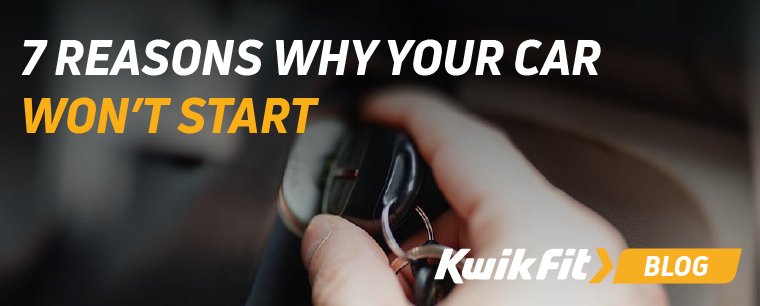The Rise of the Backseat Driver: Are Fewer People Driving?
Jessica Bird | Saturday 22nd November 2025 10:12am
With fewer people learning to drive, are we becoming a nation of backseat drivers? We explore the causes, the trends, and what it means for road confidence.
Whatís the Life Expectancy of an EV?
Jessica Bird | Thursday 20th November 2025 9:31am
Learn how long electric vehicles last, what affects battery degradation, and how servicing, software updates and good habits can extend EV life expectancy.
Is it Actually illegal To Drive With The Interior Light On?
Jessica Bird | Tuesday 18th November 2025 8:49am
Driving with the interior light on isnít illegal, but it can become unsafe. Learn what UK law says - and when it could lead to a driving offence.
Whatís A Kwik Fit Autocare Technician Apprenticeship Like?
Jessica Bird | Saturday 15th November 2025 11:58am
The Level 2 Autocare Technician Apprenticeship is a tried & tested route to a career with Kwik Fit. Here, we answer some common questions about the course.
7 Reasons Why Your Car Wonít Start & What To Do Next
Jessica Bird | Tuesday 11th November 2025 9:00am
Car wonít start? Discover 7 common reasons your engine might not turn over ó and expert tips from Kwik Fit on what to do next to get back on the road.
Featured Articles
Is it Illegal to Drive With One Headlight?
Saturday 19th July 2025
Wondering if itís illegal to drive with one headlight? Learn about the safety risks and penalties of illegal blown bulbs and why you should fix them promptly.
Air Con in EVs & Hybrids: Experts Answer Your Questions
Monday 30th June 2025
Does air con drain EV batteries? Can you use the air con while charging an electric car? Find out the answers to these questions & more from Kwik Fitís experts.
Why Is Your Car Making a Noise? Fixes & Tips
Friday 13th June 2025
When your car starts making unexpected noises, it can certainly be quite disconcerting; it may be nothing to worry about, but hereís what you need to know.














